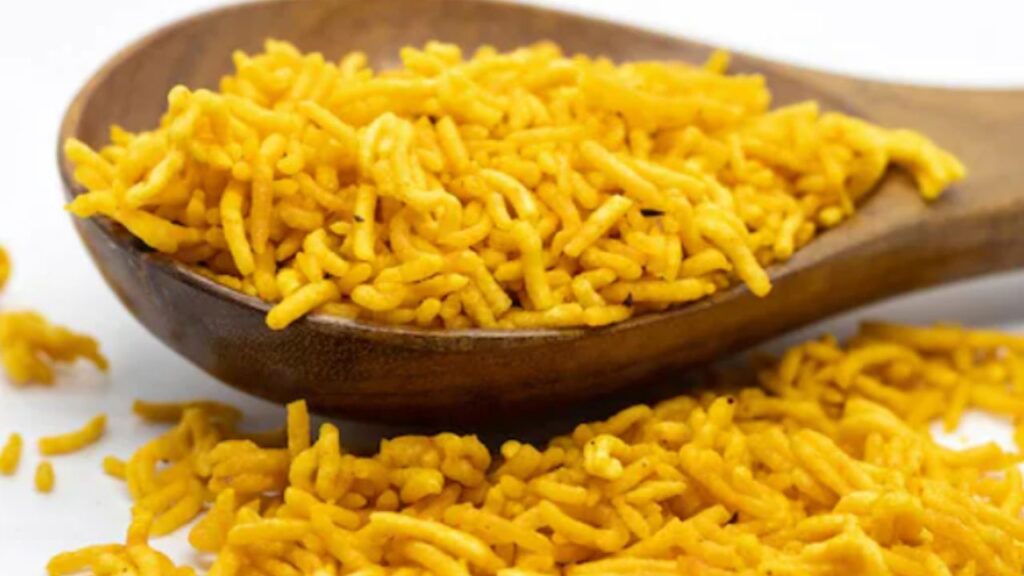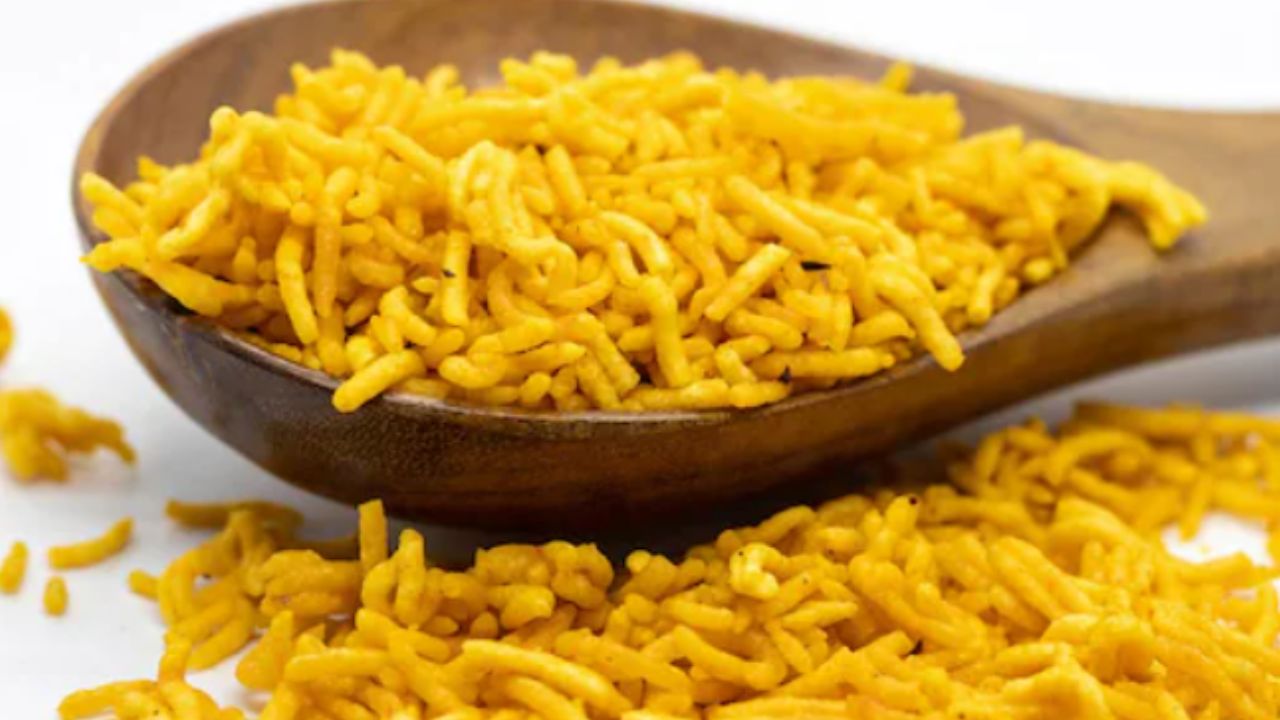Bhujia Vs Sev: What Really Sets These Crunchy Snacks Apart? Find Out Here
When it comes to Indian snacks, few treats enjoy as much popularity as bhujia and sev. These golden, crispy delights are pantry staples across households, often enjoyed with tea, sprinkled on chaats, or even devoured by the handful during movie nights. While they may look similar at first glance—thin, fried strands made from gram flour—their origins, flavors, textures, and uses tell a more complex story. So, what truly sets bhujia apart from sev? Let’s dig into the crunchy details.
1. Origins: A Tale of Two Cities
Bhujia traces its roots back to the desert town of Bikaner, Rajasthan. Created in 1877 during the reign of Maharaja Shri Dungar Singh, Bikaneri bhujia was originally a royal delicacy. Its unique recipe and trademark crunch have since earned it a Geographical Indication (GI) tag, solidifying its cultural importance.
Sev, on the other hand, hails from the western state of Madhya Pradesh, with Indore and Ratlam being its most famous hubs. Indori sev, particularly, is known for its slightly thicker strands and tangy masala coating. It’s deeply embedded in the local street food culture—used generously in dishes like poha, sev puri, and kachori.
2. Ingredients & Preparation: Same Base, Different Additions
Both snacks are primarily made from besan (gram flour), but their ingredients and preparation methods vary significantly.
- Bhujia often includes a mix of moth dal flour along with gram flour, giving it a distinct flavor and texture. It’s commonly spiced with asafoetida (hing), red chili powder, black pepper, and ajwain (carom seeds), lending it a rich, earthy heat.
- Sev is usually made from pure besan and is available in several variations—plain, lemon-flavored, garlic, ratlami, palak (spinach), and more. The seasoning typically includes clove, pepper, and fennel, creating a spicier and sometimes tangier profile.
3. Texture & Shape: Thin, Thinner, Thickest
Though both snacks are fried through a press-like instrument, the size and shape vary:
- Bhujia is known for its extra-fine strands—delicate, flaky, and crisp. Its fragile texture means it almost melts in your mouth, making it ideal as a topping or a tea-time munch.
- Sev comes in varying thicknesses. From ultra-thin nylon sev to thick ratlami sev, it has a broader texture range. The thicker variants are crunchier and offer a more robust bite compared to the feather-light bhujia.
4. Flavor Profiles: Subtle vs Spicy
- Bikaneri bhujia has a deep, subtle spice blend that emphasizes savoriness over heat. It’s more aromatic than pungent, and perfect for those who enjoy layered spices rather than sharp kicks.
- Sev, especially the Ratlami variety, is noticeably spicier with bold flavors. Its fiery taste is often enhanced with clove and pepper, making it a favorite among spice lovers.
5. Culinary Usage: More Than Just Snacks
Both bhujia and sev transcend their snack status and are frequently used in Indian cuisine:
- Bhujia is commonly sprinkled over upma, sabzi, or chaats for added crunch. Some even mix it with roti or paratha for a quick meal fix.
- Sev is a star ingredient in many Indian street food dishes like sev puri, dahi puri, poha, and sev tamatar sabzi. It also features in festive preparations like farsan platters during Diwali.
6. Shelf Life & Storage
Both snacks are fried and dry, which gives them a relatively long shelf life. However:
- Bhujia’s finer texture makes it slightly more prone to going soggy in humid conditions.
- Sev, especially the thicker versions, tends to retain its crunch longer, making it more travel-friendly.
7. Regional Identity and Popularity
- Bhujia is a matter of pride in Rajasthan, particularly in Bikaner. Brands like Haldiram’s have capitalized on its legacy, turning it into an international favorite.
- Sev is the heartbeat of Indore and Ratlam. The city’s street food scenes are incomplete without sev-laden dishes, and local shops often boast of secret masala blends passed down through generations.
Final Verdict: Bhujia or Sev—Who Wins the Crunch War?

There’s no definitive winner in the bhujia vs sev debate—it all boils down to personal preference. If you love light, aromatic snacks with a subtle crunch, bhujia will win your heart. But if you crave bold, spicy flavors and a robust bite, sev is your go-to munch.
One thing’s for sure: whether you’re team bhujia or team sev, you’re indulging in a crispy piece of Indian culinary heritage with every bite.
Craving a Crunch Now?
Next time you’re at the store, pick up both and host a taste-off at home. Because when it comes to bhujia vs sev, the real winner is your taste buds.
